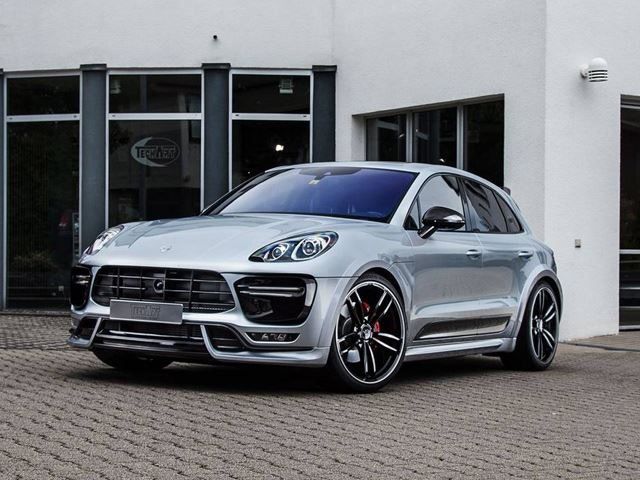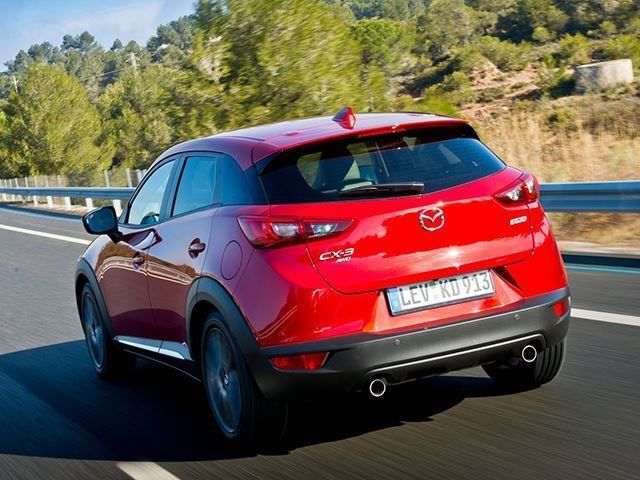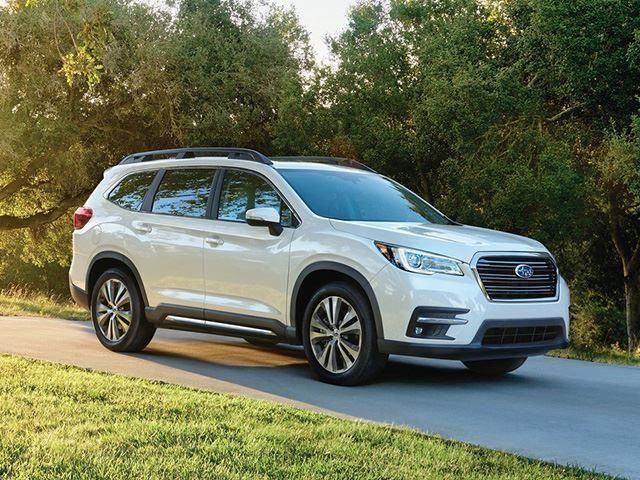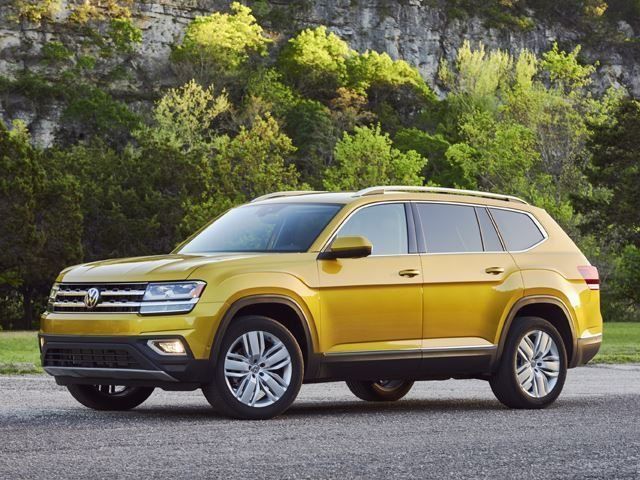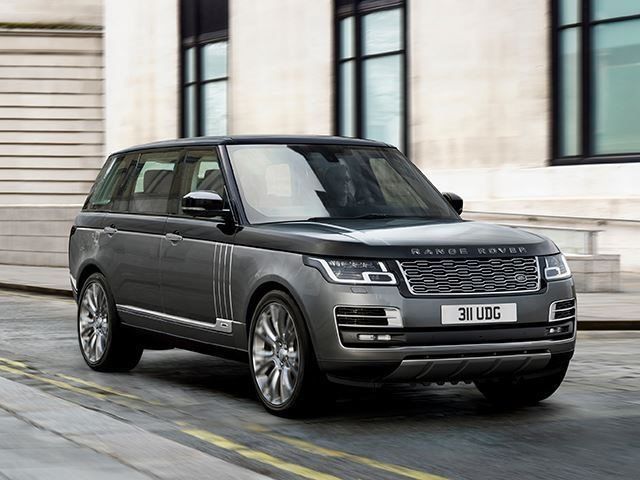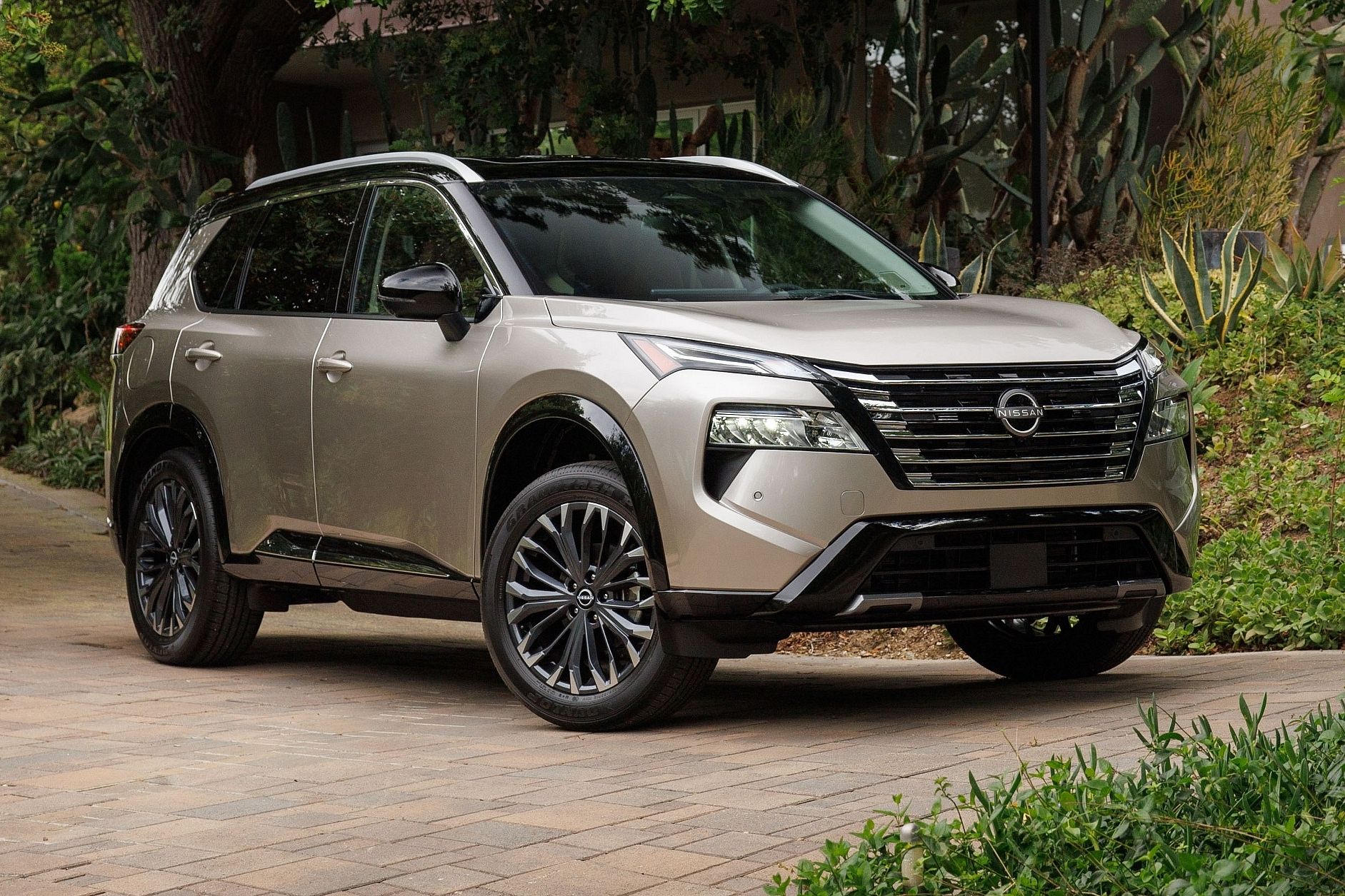
Automakers have realized that the popularity of the sedan is dwindling. The biggest indication of this trend happened this year, when the Nissan Rogue overtook the Toyota Camry as the most popular vehicle in the US. The crossover boom is far from over, as manufacturers are hustling to fill their respective lineups with crossover models in every category. We think that crossovers will eventually take over for sedans at all levels of the industry. If these trends continue, everything from compact sedans to limousines will soon be crossovers.
One of the areas that people thought could never be replaced by SUVs was the sport car segment. Now crossovers like the Porsche Macan and Jaguar F-Pace have proven that people prefer a fun car with zero compromises in practicality. People scoffed at Porsche when it first introduced the Cayenne, but we're learning that small, sporty crossovers have the ability to replace mid-level sports cars, which are starting to become a dying breed. Just pit a modern day Macan against any sports car from the 1990s, and it's easy to see why people are clamoring for more crossovers from sporty luxury brands.
Even the supercar segment is starting to be encroached by the crossover. What started with models like the Porsche Cayenne, has now evolved into "super SUVs" that pack a level of performance that could crush exotic cars from only a few years ago. Take the Jeep Grand Cherokee Trackhawk for example. It may not have an exotic badge, but this SUV puts out more power than the original Lamborghini Aventador. Even Lamborghini has realized that it needs to sell an SUV. The upcoming Urus SUV will offer supercar level performance in a sensible guise. Buyers no longer have to settle for a low slung, mid-engine supercar in order to hit 200 mph.
Compact sedans are not selling well, especially in the US. Buyers don't really feel the need to buy small models like the Ford Fiesta, when we have such enormous roads in the US. Compact cars are clearly being replaced by compact crossovers like the Mazda CX-3. We enjoyed our week with the CX-3, and thought that it was very nimble in city driving. Mazda made the decision not to sell the newest Mazda 2 in the US, which is fine with us. Small crossovers like the CX-3 keep weight low, and don't compromise the driving experience as much as larger, taller crossovers.
Large, non-luxury sedans are one of the slowest-selling segments in the auto industry. Models that were once popular like the Nissan Maxima, Toyota Avalon, and Chevy Impala have now been replaced by three-row crossovers. Large crossovers have more space than their sedan counterparts and offer more available seating. Even brands that have never offered a three-row crossover in the US are starting to get in on this popular segment. Subaru recently revealed its all-new Ascent crossover, and Volkswagen had just revealed two new three-row models, the Tiguan and Atlas. These large crossovers are much more practical for buyers with large families.
The limousine segment has been mostly dominated by German companies like BMW, Audi and Mercedes. The 7 Series, A8 and S-Class have always been the best option for extremely wealthy buyers who prefer to be driven in the back seat, rather than drive themselves. However, even this segment has started to receive some pressure from SUVs. The Range Rover has moved upmarket with the SVAutobiography trim and Bentley has entered this space with the Bentayga. Even Rolls-Royce is working on an SUV, which will soon draw buyers away from a segment that has always been dominated by sedans.

